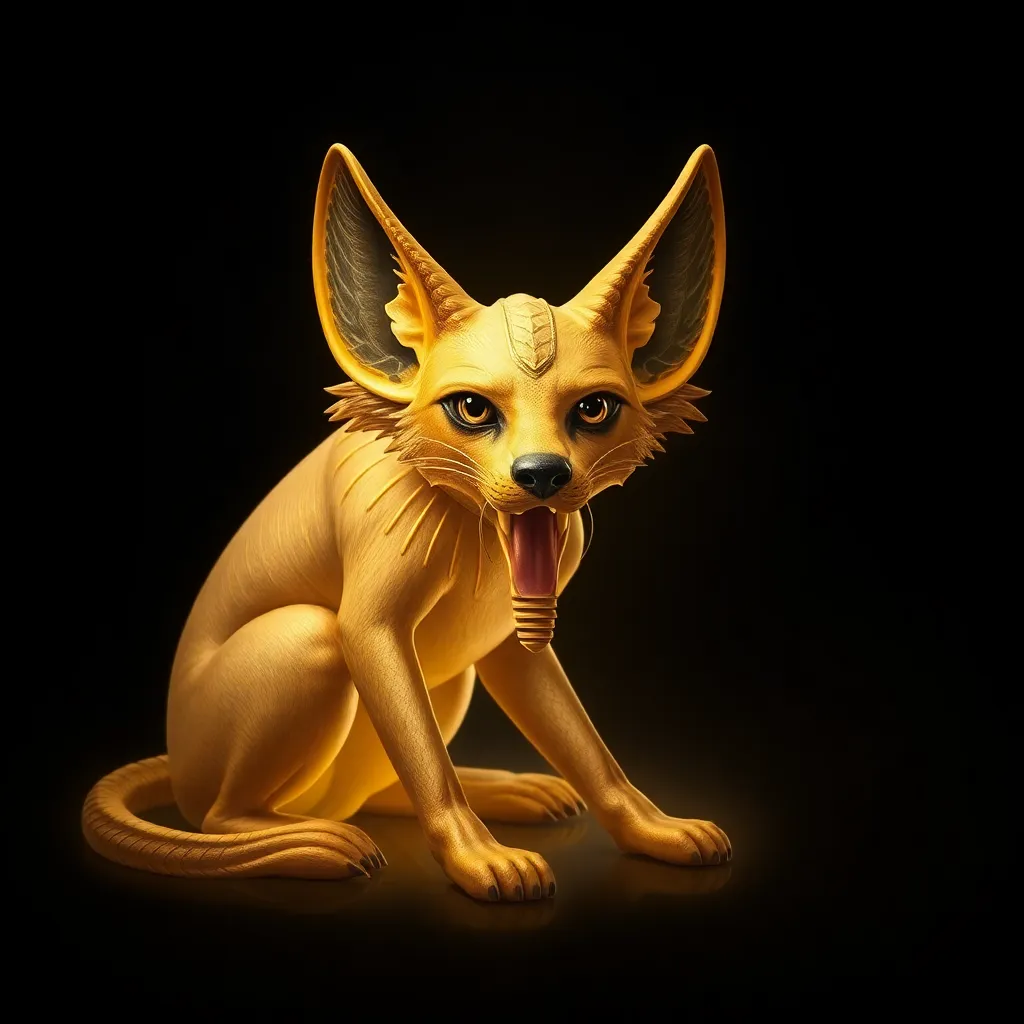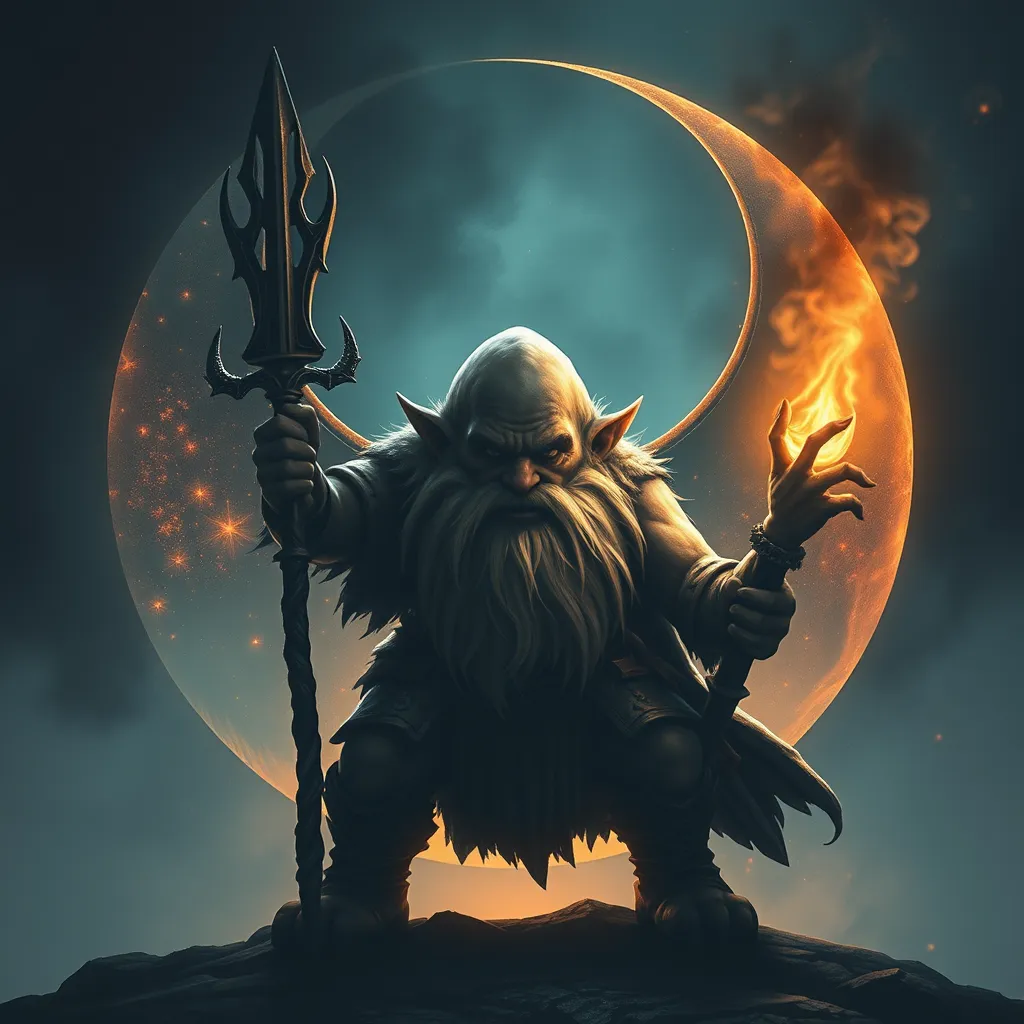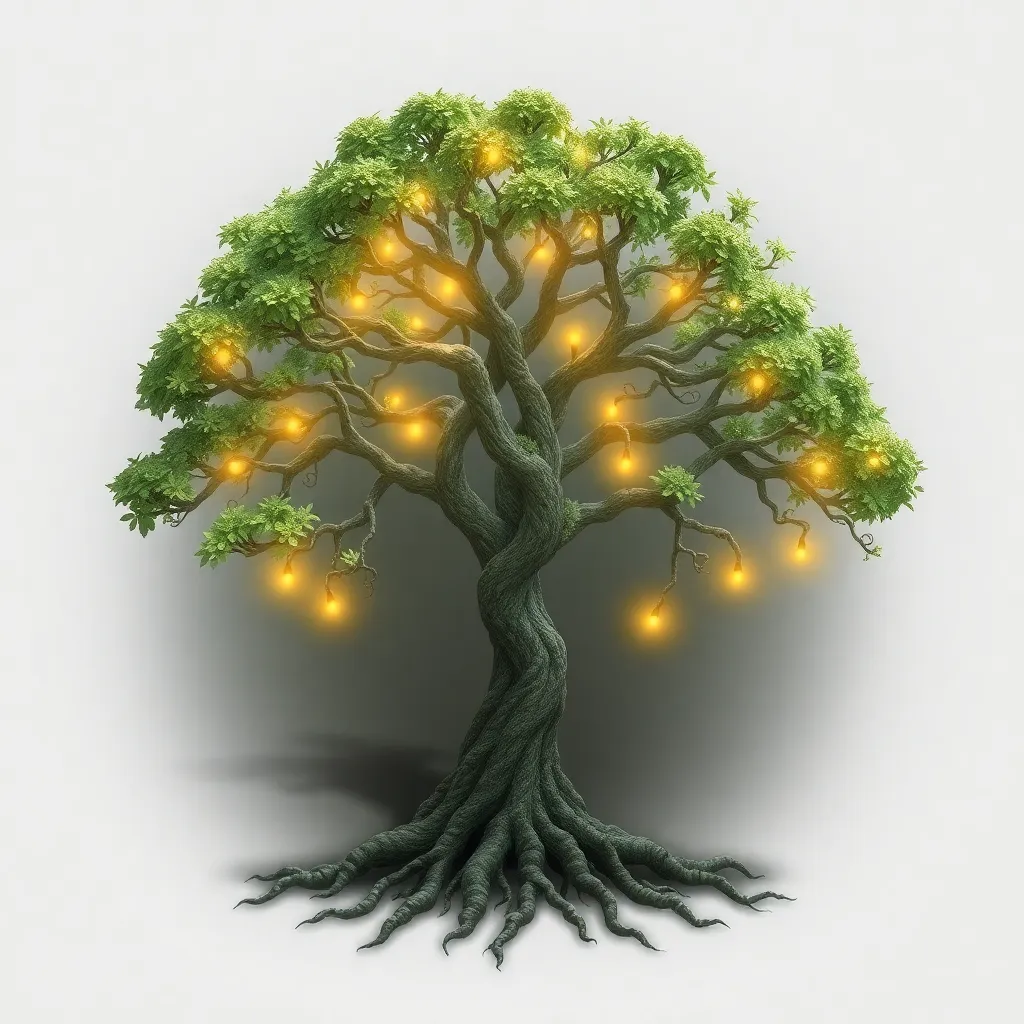The Sacred Animal of Anubis: The Jackal and its Significance in Ancient Egypt
I. Introduction
In the rich tapestry of Ancient Egyptian mythology, Anubis stands out as a pivotal deity, embodying the mysteries of death and the afterlife. Often depicted as a man with the head of a jackal, Anubis is closely associated with mummification and the protection of the deceased. The jackal, as a sacred animal, plays a crucial role in symbolizing Anubis’s attributes and functions. Understanding the cultural significance of the jackal in this ancient context sheds light on the beliefs and practices of one of history’s most fascinating civilizations.
II. Anubis: The God of the Afterlife
Anubis, often referred to as the God of the Afterlife, has origins that can be traced back to the earliest periods of Ancient Egyptian history. He is typically depicted as a black jackal or a man with a jackal’s head, representing the color of the fertile soil of the Nile, which symbolizes regeneration and rebirth.
A. Origins and attributes of Anubis
As a deity, Anubis was believed to be the son of Osiris and Nephthys, playing a crucial role in the judgment of souls. His attributes include:
- Guardian of the dead
- God of mummification
- Protector of tombs
B. Anubis’s role in funerary practices and the afterlife
Anubis was central to funerary rites, overseeing the mummification process and ensuring that the deceased successfully navigated the afterlife. He was believed to weigh the hearts of the dead against the feather of Ma’at, the goddess of truth and justice, determining their fate in the afterlife.
C. Symbolism of the jackal in Anubis’s depictions
The jackal symbolizes vigilance and protection, traits that are essential for guiding souls to the afterlife. Its scavenging behavior, often seen in desert areas, metaphorically links it to the concept of death and the journey beyond.
III. The Jackal in Ancient Egyptian Culture
The jackal, a wild canid found in the regions of Africa and the Middle East, was a familiar presence in the Egyptian landscape. It had significant cultural importance due to its behavior and habitat.
A. Physical characteristics and behavior of jackals
Jackals are known for their adaptability and intelligence. They are omnivorous, often scavenging but also hunting small animals, which made them a common sight near burial grounds.
B. Their presence in the Egyptian landscape and daily life
In ancient Egypt, jackals were often seen in the deserts and were associated with the fringes of society and the unknown, correlating with the themes of death and the afterlife.
C. The jackal’s association with death and the desert
The arid desert, home to jackals, served as a metaphor for the transition between life and death, reinforcing the jackal’s link to Anubis and the rituals surrounding death.
IV. Symbolism of the Jackal
The jackal’s representation in Ancient Egyptian art and literature is rich and varied, reflecting its significance in both religious and societal contexts.
A. Representations of the jackal in Egyptian art and hieroglyphs
Jackals are frequently depicted in Egyptian art, often in connection with funerary scenes, emphasizing their role as guardians of the dead. Hieroglyphs featuring jackals were used to convey themes related to death and protection.
B. The jackal’s connection to protection and guidance for the dead
As the embodiment of Anubis, the jackal symbolizes the protection and guidance offered to souls as they journey through the afterlife. This duality of scavenger and guardian creates a complex narrative within the mythology.
C. Contrast with other animals in Egyptian mythology
While many animals held significance in Egyptian mythology, the jackal’s unique association with death sets it apart from others, such as the falcon (Horus) or the cat (Bastet), which represent life and protection in different contexts.
V. Funerary Practices Involving Anubis and the Jackal
The relationship between Anubis and the jackal is deeply embedded in Ancient Egyptian funerary practices, reflecting the society’s views on death and the afterlife.
A. The role of Anubis in mummification and burial rites
Anubis was intimately connected with the mummification process, overseeing the preservation of the body to ensure the deceased could enter the afterlife. Priests often called upon Anubis during these rites.
B. Use of jackal imagery and statues in tombs and temples
Jackal imagery, including statues and amulets, was commonly placed in tombs to invoke Anubis’s protection. These artifacts served as a reminder of the god’s presence and his role in safeguarding the deceased.
C. Rituals aimed at invoking Anubis’s protection
Various rituals were performed to honor Anubis, including offerings of food and incense, and recitations of prayers and spells to ensure the deceased received safe passage to the afterlife.
VI. The Jackal in Literature and Texts
The jackal and Anubis are frequently referenced in ancient Egyptian literature, providing insights into their significance in the society’s worldview.
A. References to Anubis and jackals in ancient Egyptian texts
In texts such as the Pyramid Texts and Coffin Texts, Anubis is depicted as a protector of the dead, emphasizing his importance in the afterlife.
B. Analysis of religious texts, such as the Book of the Dead
The Book of the Dead includes spells and instructions for the deceased, often invoking Anubis for guidance. The text highlights the belief that Anubis would safeguard the soul during its journey.
C. The evolution of the jackal’s symbolism through different periods
Over time, the symbolism of the jackal evolved, reflecting changes in beliefs and practices surrounding death and the afterlife, yet its association with Anubis remained a constant.
VII. Modern Interpretations and Cultural Legacy
The legacy of Anubis and the jackal continues to resonate in contemporary culture, illustrating the lasting impact of Ancient Egyptian beliefs.
A. The jackal and Anubis in contemporary media and popular culture
In modern literature, films, and art, Anubis and the jackal are often depicted, serving as symbols of mystery and the afterlife, captivating audiences with their rich historical background.
B. The impact of Ancient Egyptian beliefs on modern spirituality
Many modern spiritual practices draw inspiration from Ancient Egyptian beliefs, including the veneration of deities like Anubis, who symbolize protection and guidance.
C. The ongoing fascination with Anubis and the jackal in art and literature
The imagery of Anubis and the jackal continues to inspire artists and writers, reflecting a deep-seated fascination with Ancient Egyptian mythology and its themes of life, death, and the afterlife.
VIII. Conclusion
The jackal’s significance in Ancient Egyptian mythology is profound, serving as a powerful symbol of death and the afterlife through its association with Anubis. This relationship highlights the cultural beliefs surrounding protection, guidance, and the journey of the soul. The enduring legacy of Anubis and his sacred animal invites further exploration into the rich tapestry of Ancient Egyptian beliefs and their relevance in modern contexts.



